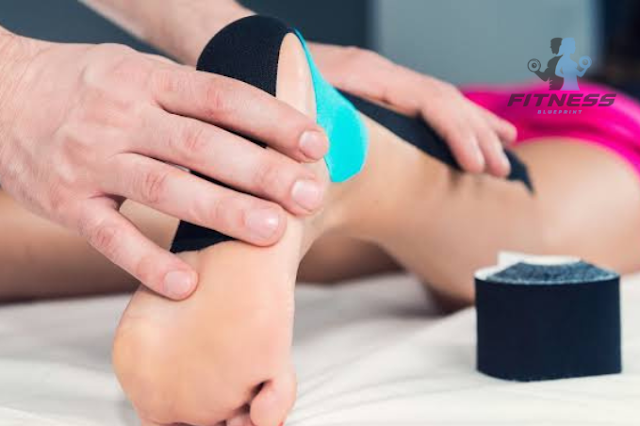The Phases of Injury Recovery Explained
Injuries can be both physically painful and emotionally challenging, especially for those leading active lifestyles. Whether it’s a sprain, fracture, muscle tear, or post-surgical healing, understanding the phases of injury recovery is essential for managing expectations, avoiding complications, and ensuring a safe return to activity.
Recovery is not just about rest—it’s a structured process that involves several critical stages. This article outlines the key phases of injury healing, explains what happens at each step, and highlights how to support recovery effectively.
Phase 1: The Acute Inflammatory Phase (0–5 Days)
What Happens:
Immediately after an injury, the body enters a protective state known as the inflammatory phase. Blood vessels constrict briefly, then dilate to allow essential immune cells and nutrients to reach the damaged area. Swelling, redness, warmth, and pain are typical symptoms during this stage.
Purpose:
- Control bleeding and begin cleaning damaged tissues
- Prevent infection
- Start the healing process
What You Should Do:
- Apply RICE protocol: Rest, Ice, Compression, and Elevation
- Limit movement in the injured area to avoid further damage
- Consult a healthcare provider for a proper diagnosis
Note: Anti-inflammatory medications can reduce swelling, but excessive use may interfere with the natural healing process if taken early on.
Phase 2: The Subacute or Repair Phase (5 Days–3 Weeks)
What Happens:
As inflammation decreases, the body shifts into the repair phase, also called the proliferation phase. During this time, the body begins rebuilding tissue using collagen fibers, forming the base for new, healthy tissue.
Symptoms May Include:
- Decreased pain and swelling
- Bruising fading
- Stiffness or limited range of motion
Purpose:
- Rebuild connective tissue
- Restore basic structural integrity to the injured area
What You Should Do:
- Begin gentle movement or rehabilitation exercises (under professional guidance)
- Focus on maintaining range of motion
- Avoid overuse or high-impact activity that could re-injure the area
Working with a physiotherapist at this stage can accelerate recovery and prevent poor healing patterns.
Phase 3: The Remodeling or Maturation Phase (3 Weeks–6 Months+)
What Happens:
This phase involves the remodeling of collagen fibers into stronger, more functional tissue that can handle stress. The scar tissue formed during the repair phase gradually aligns with normal tissue to restore proper movement and strength.
Symptoms May Include:
- Continued improvement in function and strength
- Minor discomfort during challenging movements
- Slow return to previous activity levels
Purpose:
- Strengthen repaired tissues
- Improve mobility, endurance, and coordination
- Prevent re-injury
What You Should Do:
- Progressively increase activity under supervision
- Incorporate strength training, mobility work, and functional exercises
- Monitor for any signs of regression (e.g., increased pain or swelling)
Patience is essential. Returning to sports or intense activity too soon can undo months of progress.
Factors That Affect Injury Recovery
While most injuries follow these three phases, recovery times vary based on several individual factors:
- Type and severity of injury
- Age and overall health
- Nutrition and hydration
- Compliance with rehabilitation protocols
- Mental and emotional well-being
Ignoring one aspect—like sleep or stress management—can slow down recovery. A holistic approach always produces better results.
Common Mistakes to Avoid During Injury Recovery
- Returning to activity too soon: Rushing back before healing is complete increases re-injury risk.
- Skipping rehabilitation: Physical therapy is key to restoring mobility, strength, and balance.
- Ignoring pain signals: Pain is your body’s way of signaling something is wrong. Don’t push through it.
- Over-relying on rest: While rest is essential early on, prolonged inactivity can lead to stiffness and muscle loss.
- Not following professional advice: Personalized guidance from doctors, physical therapists, and trainers ensures safe progress.
Final Thoughts
Injury recovery is a journey that requires patience, consistency, and knowledge. By understanding the phases of recovery—inflammation, repair, and remodeling—you can actively support your body’s healing process.
Each phase serves a critical role, and skipping steps or ignoring warning signs can prolong recovery. With the right mindset and professional support, most individuals can return to full function stronger than before.
Remember: recovery is not just about healing an injury—it’s about rebuilding confidence, strength, and resilience.


